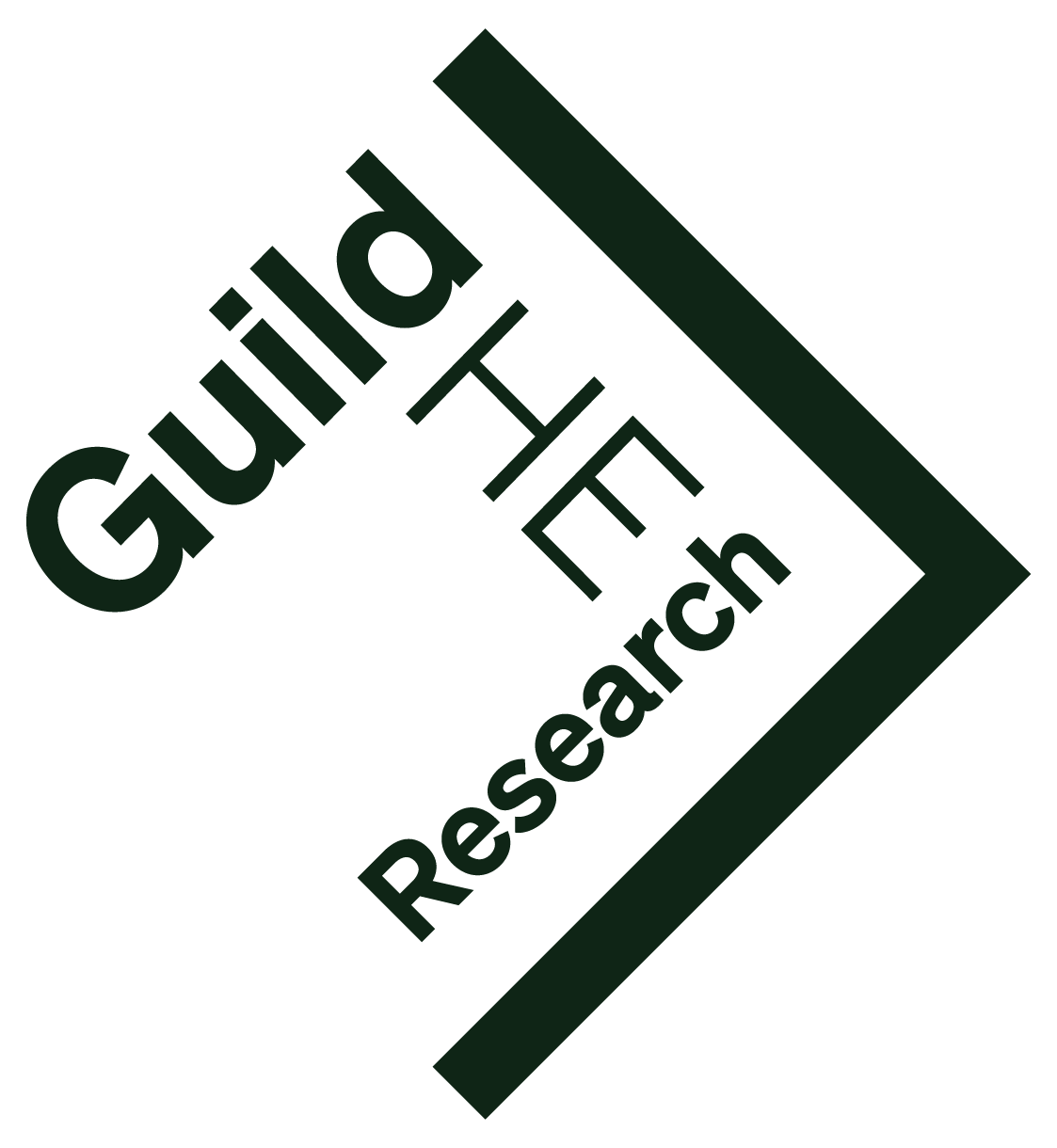Mapping evidence of spinal manipulation therapy for headaches in South Africa: a scoping review of grey literature
Padayachy, Keseri, Fatima, Ismail, Kahere, Morris, du Rose, Alister and Pohlman, Katherine A (2025) Mapping evidence of spinal manipulation therapy for headaches in South Africa: a scoping review of grey literature. BMC Complementary Medicine and Therapies, 25 (294). ISSN 2662-7671
|
Text
Du Rose A 2025 BMC CMT Full article.pdf - Published Version Available under License Creative Commons Attribution. Download (1MB) |
Abstract
Objective Spinal manipulative therapy (SMT) has been demonstrated to be an effective management approach for primary headaches; however, current literature often excludes data from South Africa (SA). The use of grey literature provides a viable mechanism to address knowledge gaps. Understanding that Master’s dissertations are a source of grey literature, this review’s primary objective was to address the following question: What is the range of evidence, particularly regarding subjective and objective outcome measures, for the application of SMT in managing headache patients at chiropractic training facilities in SA? Methods A scoping review methodology was adopted in compliance with the Joana-Briggs-Institute and the Arksey and O’Malley frameworks and reported following the preferred reporting items for systematic reviews and meta-analysis extended for scoping reviews checklist. The search was performed using the Durban University of Technology and University of Johannesburg Research Databases. All studies conducted from 1995 to May 2023 were retrieved. Trials conducted with SMT for the management of headaches were included and subjective (i.e., numerical rating scale, headache disability index, neck disability index) and objective (i.e., range of motions, pressure algometry) outcomes were extracted. Results In total 25 dissertations with 921 headache patients were reviewed. Across most of the dissertations, combining SMT with additional modalities versus SMT alone or another modality alone yielded greater improvement in subjective outcome measures, although there were occasional exceptions where no clear pattern emerged. In terms of objective measures, there were both increases and decreases across the different interventions. Discussion The findings align with existing literature, indicating that primary headache patients in SA who receive SMT in conjunction with other non-pharmacological treatments respond favourably. This study underscores the potential value of grey literature, particularly in regions where high-quality data is scarce. It highlights the significance of SMT for policymakers, funders, and other stakeholders involved in managing headache patients in SA. Although limitations related to the quality of the dataset are acknowledged, the standardization and robust design of clinical trial protocols at SA institutions reveal numerous strengths. Despite ongoing discussions in the literature regarding the use of SMT for headache management, there is a strong case for existing literature to be used in the SA context.
| Item Type: | Article |
|---|---|
| Schools: | AECC School of Chiropractic |
| Depositing User: | Bridget Roberts |
| Date Deposited: | 04 Aug 2025 14:37 |
| Last Modified: | 04 Aug 2025 14:37 |
| URI: | https://hsu.repository.guildhe.ac.uk/id/eprint/541 |
Actions (login required)
 |
Edit Item |

